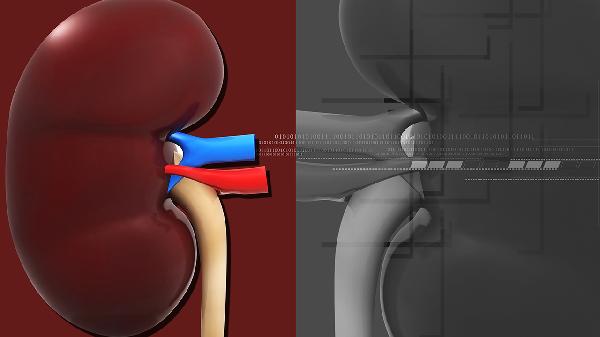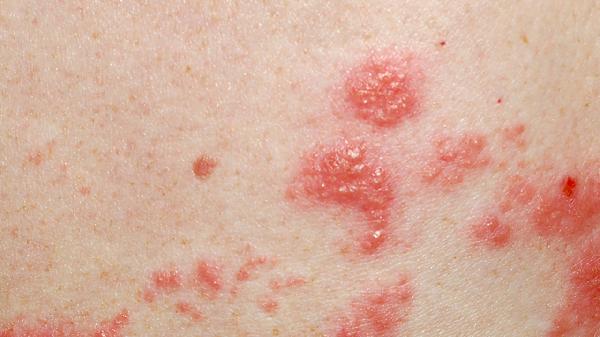AIDS is another fatal disease that emerged after cancer. Due to its strong transmission, rapid onset, and high mortality rate, it has been called "super cancer" and "the world's plague". Since its first discovery among gay men in the United States in 1981, it quickly swept across the globe. By May 1, 1991, the cumulative number of global AIDS cases had reached 359,000. According to estimates by epidemiologists from the World Health Organization, by the year 2000, the number of people infected with the AIDS virus in Asia alone would increase from 350,000 cases in 1996 to over 2 million cases. Since the first case of the AIDS virus was discovered in the world, the medical community has been conducting research, but there has been no ideal therapeutic effect reported in the literature so far. Currently, there is no specific drug to cure AIDS, nor is there an effective biological vaccine to prevent it, resulting in an extremely high mortality rate. Therefore, AIDS is referred to as "the plague of the post-historic era", also known as "super cancer" and "the killer of the century". China has already listed AIDS as the top priority among the three major diseases under key control. So, what are the causes of HIV infection?

Since 1981, when the United States reported the discovery of a retrovirus capable of damaging the human immune system, in 1983, Montagnier and others from the Pasteur Institute in France first isolated a strain of the virus, initially named Lymphadenopathy-Associated Virus (LAV). In 1984, Gallo and others in the United States isolated the virus from the living tissue of a patient with Acquired Immune Deficiency Syndrome (AIDS) and named it Human T-cell Lymphotropic Virus III (HTLV-III). In the same year, Levy isolated the AIDS-Related Virus (ARV). Identification proved that these viruses were the same virus, classified under the retrovirus family. Subsequently, in July 1986, the International Committee on Taxonomy of Viruses uniformly named it Human Immunodeficiency Virus (HIV), also known as the AIDS virus. The Human Immunodeficiency Virus is an RNA virus that can be cultured in vitro in lymphocyte lines and belongs to the Lentivirus genus of the Retroviridae family. It is a virus capable of diploid conversion, transforming single-stranded viral RNA into double-stranded DNA to integrate into the host cell's genome. Through the catalytic action of viral polymerase and reverse transcriptase, this new integration can be produced. Members of this viral family also coexist in spheroids, sharing a unified form within the viral RNA, polymerase, and the lipid membrane of glycoproteins that carry specific caps.
So far, two types of Human Immunodeficiency Virus have been discovered: HIV-1 and HIV-2.
HIV-1:
Human Immunodeficiency Virus Type 1 (HIV-1) originated in Central Africa, spreading to Haiti, Europe, North America, and the entire world. It selectively infects CD4 T lymphocytes and the monocyte-macrophage subgroup, and can also infect B cells, microglia, and bone marrow stem cells. It is the primary strain causing Acquired Immune Deficiency Syndrome.
HIV-2:
Human Immunodeficiency Virus Type 2 (HIV-2) was isolated in the mid-1980s from patients in West Africa as another retrovirus causing Acquired Immune Deficiency Syndrome. It is mainly limited to West Africa but has now been found in the United States, Europe, South Africa, India, and other regions and countries, including a small number of cases in China. Recent discoveries have shown differences between strains of HIV-2. The ultrastructure and cellular properties of HIV-2 are similar to those of HIV-1. In terms of molecular characteristics, HIV-2 is close to Simian Immunodeficiency Virus (SIV), with significant differences in structural proteins, especially envelope proteins, compared to HIV-1. Its nucleotide and amino acid sequences are markedly different from those of HIV-1, with only 40% to 50% similarity to HIV-1 and 75% similarity to certain SIV strains. The HIV-2 genome also has three structural genes, gag, env, and pol, and can have tat, rev, nef, vif, and vpr genes (Figure 2). The difference is that HIV-2 does not have a vpu gene but has a central region with a vpx gene (Virus Protein X), which HIV-1 lacks, and its function is still unclear. The antigenic characteristics of HIV-2 are different from those of HIV-1, with the strongest cross-reactivity between their structural proteins and the weakest cross-reactivity between their envelope proteins. Like HIV-1, HIV-2 also selectively infects CD4 T lymphocytes, but its virulence is not as strong as that of HIV-1, and it takes much longer from infection to the development of Acquired Immune Deficiency Syndrome.
Both HIV-1 and HIV-2 are not highly resistant in the external environment. They are heat-sensitive and can be inactivated at 56°C for 30 minutes. Common disinfectants such as 70% ethanol, 0.2% sodium hypochlorite, 5% to 8% formaldehyde solution, and organic chlorine solutions at 5000×10^-6 to 10000×10^-6 concentrations can all inactivate the virus.
Pathogenesis:
1. After HIV invades the human body, it first binds to CD4+ T lymphocytes on the cell surface, enters the cell for replication, and partially integrates into the cell's chromosomal DNA to become latent.
2. The body's cellular and humoral immune responses to HIV result in low-level replication during the initial stages of infection.
3. Under the influence of other factors, the latent HIV is activated and replicates extensively, widely infecting CD4+ T lymphocytes, causing functional damage to CD4+ T lymphocytes, monocytes-macrophages, B lymphocytes, CD8+ T lymphocytes, and NK cells, ultimately leading to overall immune deficiency and the occurrence of a series of intractable opportunistic infections and tumors.
Immune Response to HIV Infection:
In the early stages of HIV infection, after HIV-sensitized lymphocytes produce specific cytotoxic T cells (CTLs), cells expressing HIV antigen components can be destroyed by CTLs, killing or clearing HIV; natural killer cells (NK cells) can, with the mediation of HIV antibodies, destroy cells expressing HIV through antibody-dependent cell-mediated cytotoxicity (ADCC). Thus, the immune response can clear some HIV-infected cells from the bloodstream and limit HIV infection of new cells, keeping HIV-infected individuals asymptomatic for a long time.
Immune Suppression Due to HIV Infection:
HIV has a special affinity for CD4 cells (including helper T cells, monocytes, and macrophages). With the help of gp120 binding to the CD4 molecules on the surface of target cells, and with gp41, HIV enters the cells, causing infection. After infection, the function of helper T cells becomes abnormal or deficient, with reduced production of cytokines such as interleukin-2 (IL-2), reduced responsiveness to allogeneic antigens, and reduced assistance to B cells, among others. The abnormality in T cell numbers is mainly the decrease in CD4 helper T cells. When the number of CD4 T cells decreases below 200×10^6/L, opportunistic infections or tumors are likely to occur.
Other Influences:
HIV infection often remains latent for many years without developing into AIDS but may rapidly progress at some point, possibly due to the influence of other factors. At various stages of infection, HIV replication (usually low-virulence strains) can be seen in lymphocytes and monocytic-macrophages, but the provirus in the CD4 T cell genome remains almost dormant, causing no damage or depletion of T cells. Once stimulated by certain factors such as drugs, CMV, EBV, or other viral infections, lymphocytes and monocytic-macrophages are activated, and the provirus within them begins to transcribe and replicate, causing extensive cell damage and depletion. Additionally, genetic, behavioral, and environmental factors can also influence the rate of progression to AIDS. For example, certain MHC haplotypes may lead to earlier onset of AIDS, and these MHC-linked gene clusters may be important factors in the pathogenesis of AIDS.
























